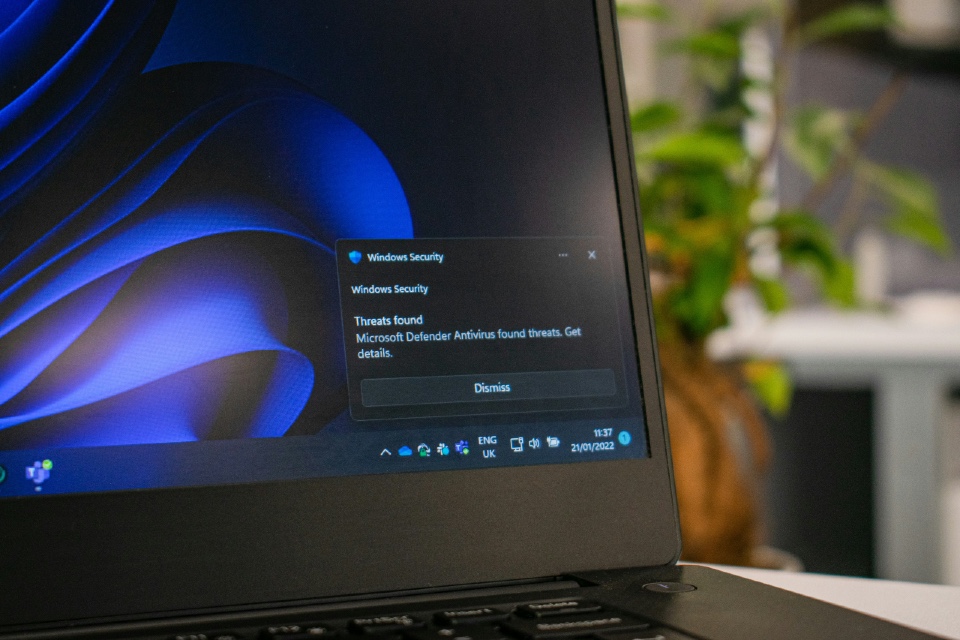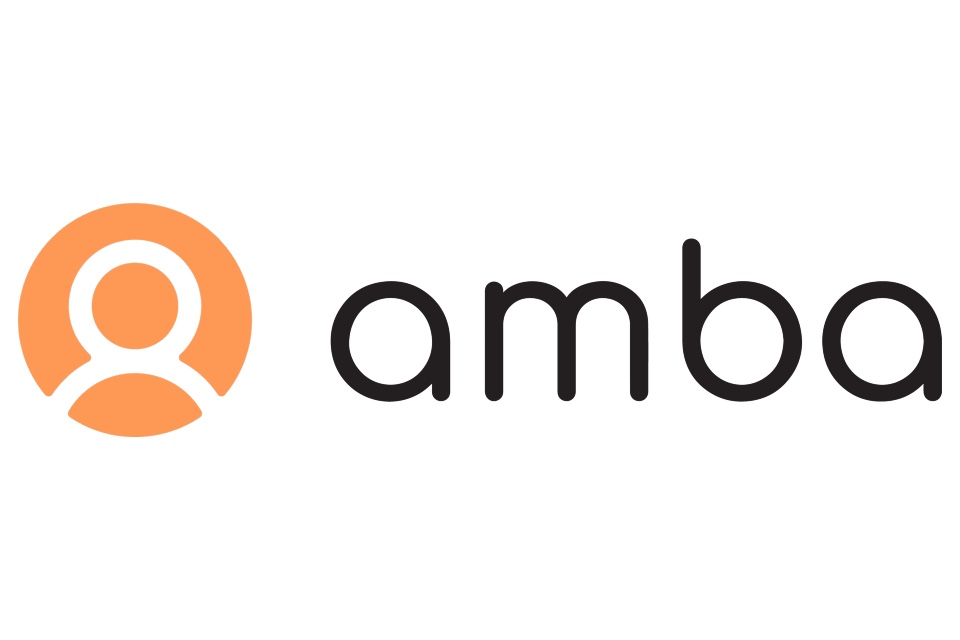The integration of technology into the care sector has the potential to revolutionise operations, improve the quality of care, and streamline administrative processes. For Care Home Managers contemplating the adoption of software solutions, the stakes are high. Here’s a guide to the pivotal considerations, based on input from Care Forum delegates and suppliers…
- Understand Specific Needs:
- Scope of Operations: Determine if you need a comprehensive solution or specific modules for areas like resident health monitoring, staffing, or finance.
- Future Growth: Choose scalable solutions that can adapt as your care home expands or diversifies its services.
- User Friendliness:
- Intuitive Design: The software should be easy to navigate, minimising the learning curve for staff.
- Training & Support: Opt for providers that offer comprehensive training and consistent customer support.
- Integration with Existing Systems:
- Data Migration: Assess how easily resident data and other pertinent information can be transferred from current systems to the new software.
- Interoperability: Ensure the software can communicate with other essential systems, such as pharmacy databases or NHS systems.
- Regulatory Compliance:
- GDPR: Ensure the software complies with data protection regulations, especially when handling residents’ personal and medical data.
- Healthcare Standards: The software should adhere to the standards set by the Care Quality Commission (CQC) and other relevant bodies.
- Data Security:
- Encryption: Critical data, especially medical records, should be encrypted.
- Backup and Recovery: Opt for solutions that offer automated backups and easy data recovery options.
- Customisation and Flexibility:
- Tailored Solutions: The ability to customise features can ensure the software aligns perfectly with your care home’s unique needs.
- Modular Approach: Some providers offer a modular approach, allowing you to only pay for the features you need.
- Mobile Access and Cloud Solutions:
- Remote Access: For managers and authorised staff on-the-go, mobile access can be invaluable.
- Cloud Solutions: These can provide flexibility, automatic updates, and cost savings, but ensure they adhere to stringent security standards.
- Cost Implications:
- Budget Constraints: While it’s crucial not to compromise on essential features, be mindful of your budget constraints.
- Hidden Costs: Look out for additional costs such as licensing fees, training, or future updates.
- Feedback and Reviews:
- Peer Recommendations: Speak to other care home managers about their experiences with different software providers.
- Demo and Trials: Before finalising, use demo versions or trials to get a hands-on feel of the software.
- Post-Implementation Support:
- Regular Updates: Ensure that the software provider offers regular updates to adapt to changing regulations and technological advancements.
- Technical Support: Reliable technical support can make a world of difference, especially in the early days post-implementation.
While the adoption of software solutions promises improved efficiency and enhanced care quality, it requires a measured approach. Care home managers, by paying heed to these considerations, can ensure a smooth transition to digital operations and provide an elevated care experience for residents.
Are you researching software solutions for your care home business? The Care Forum can help!






